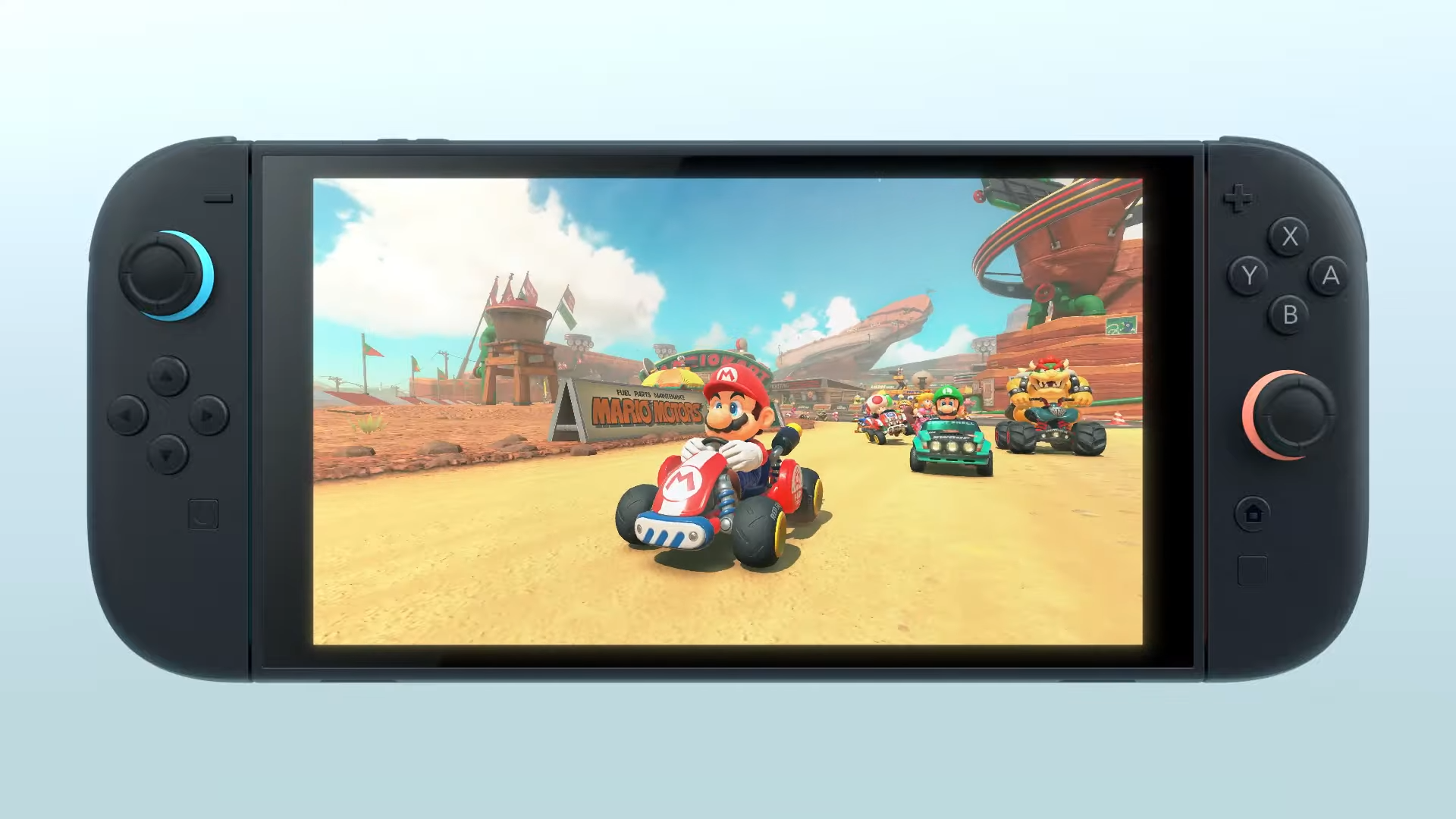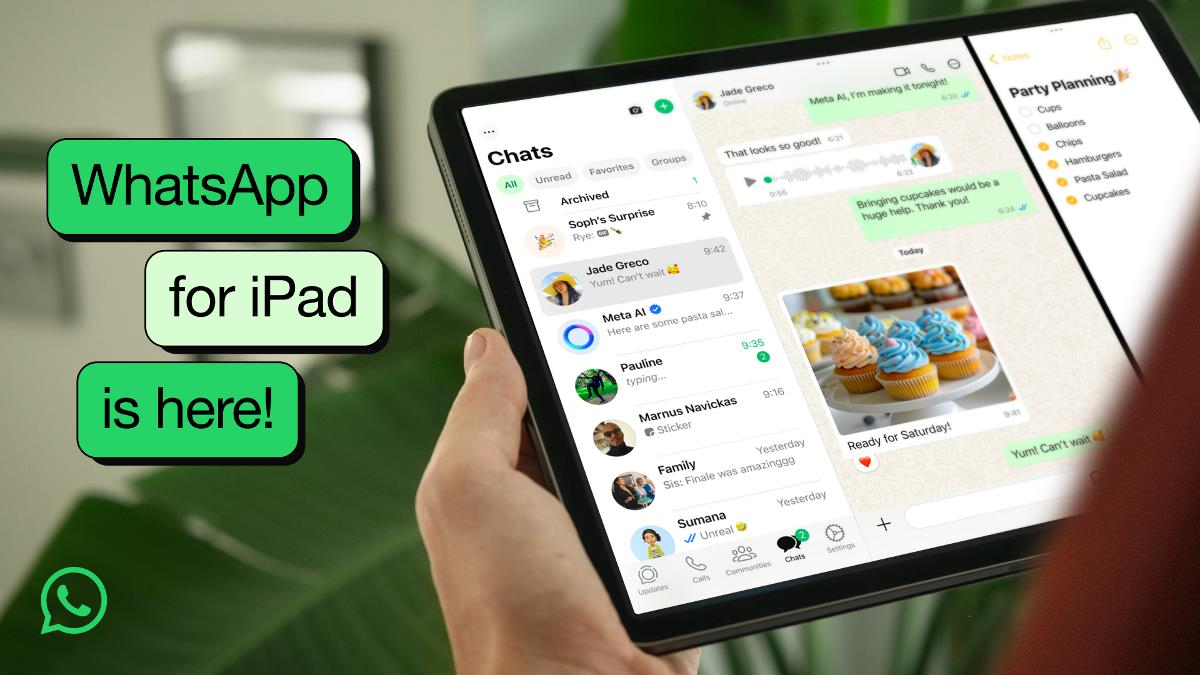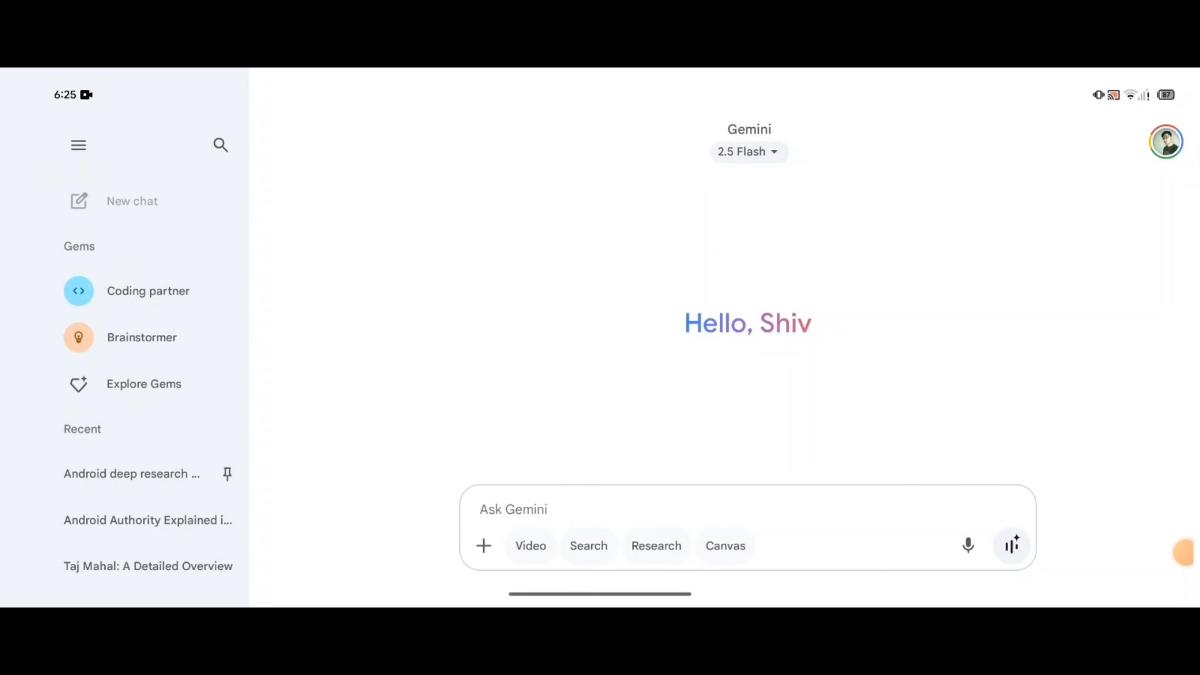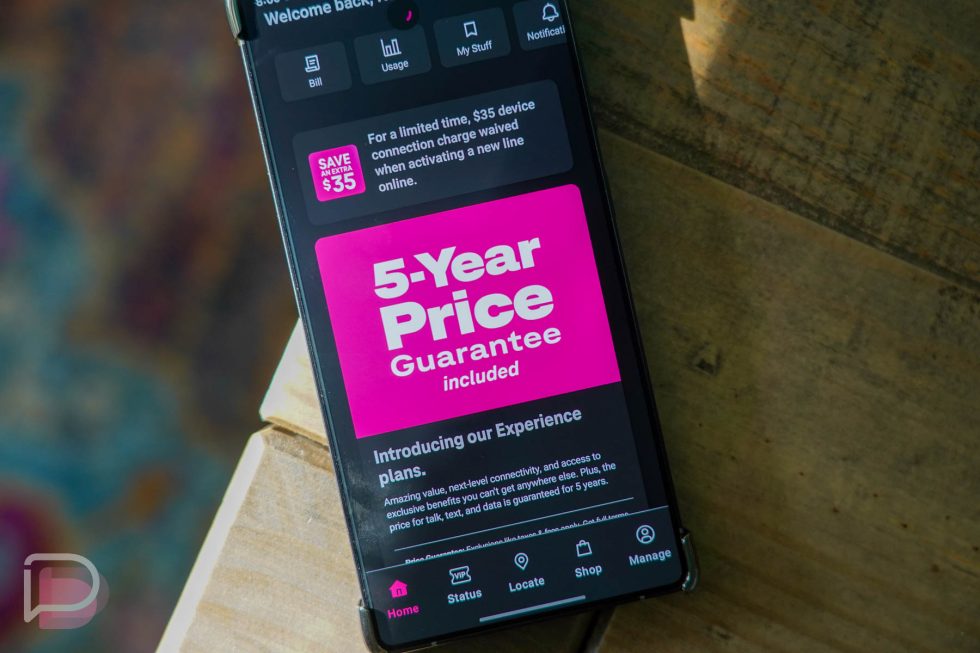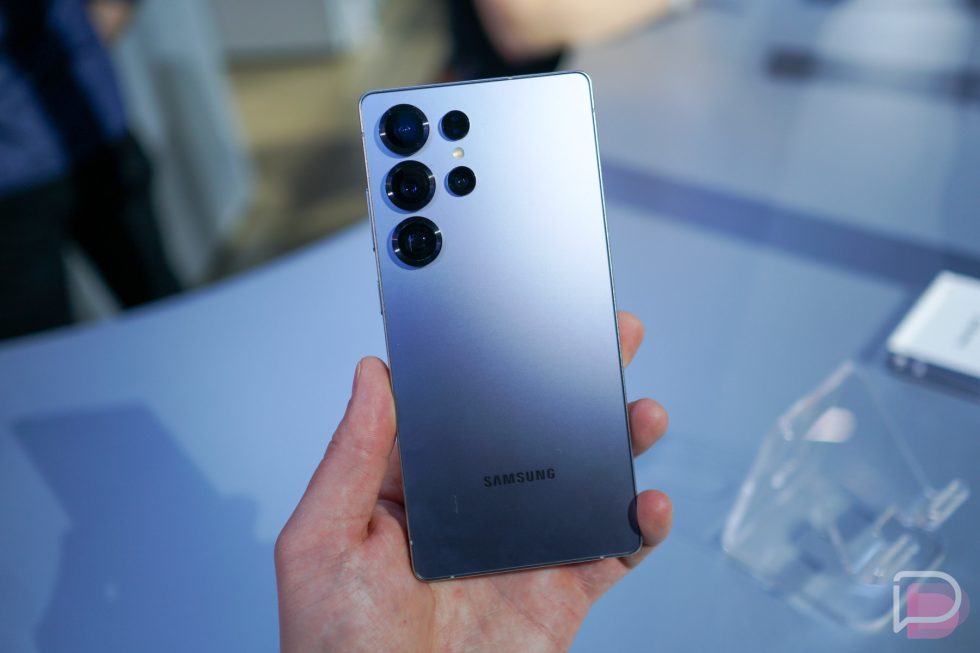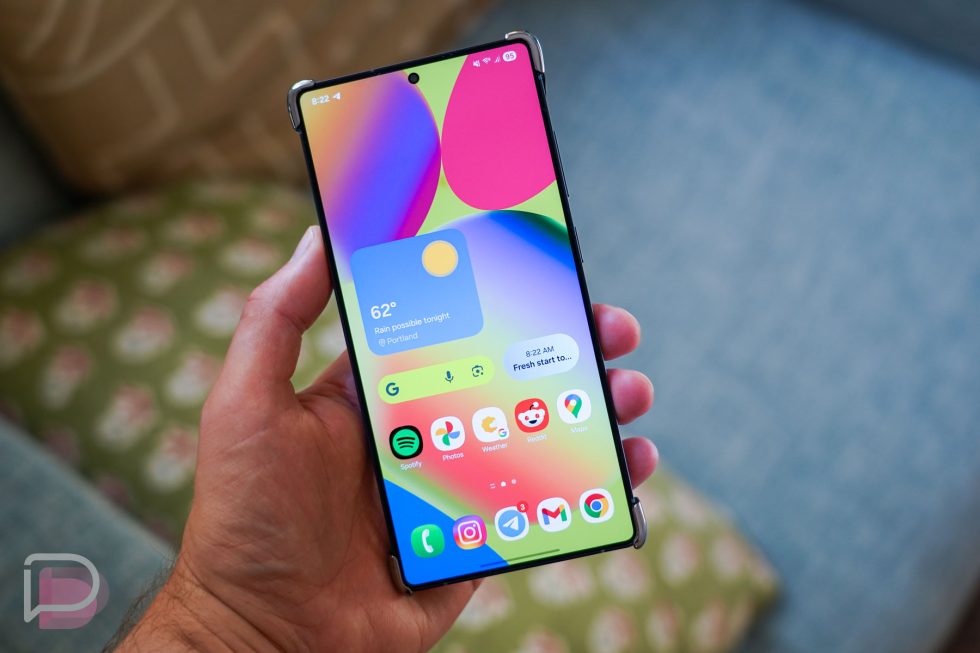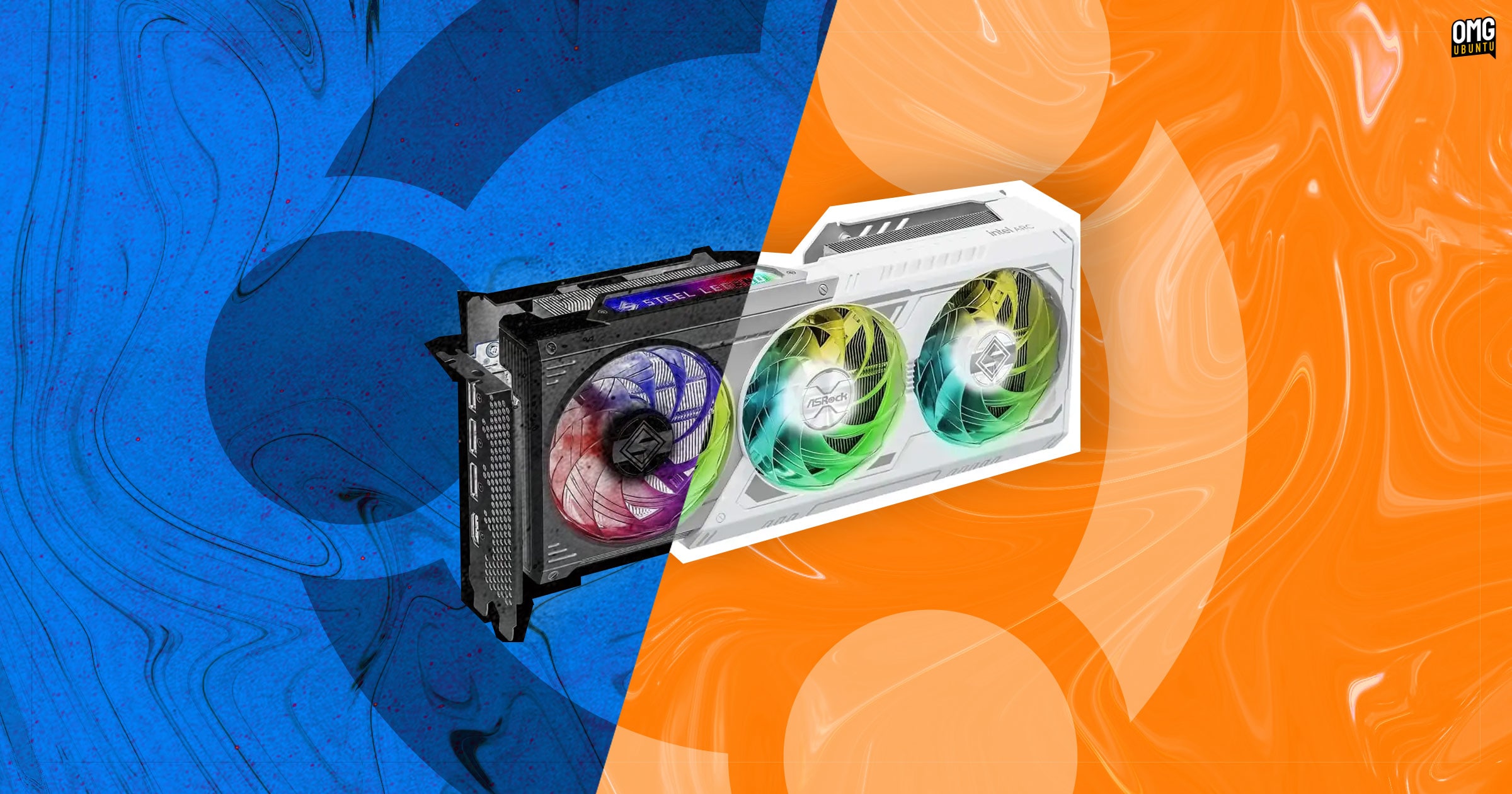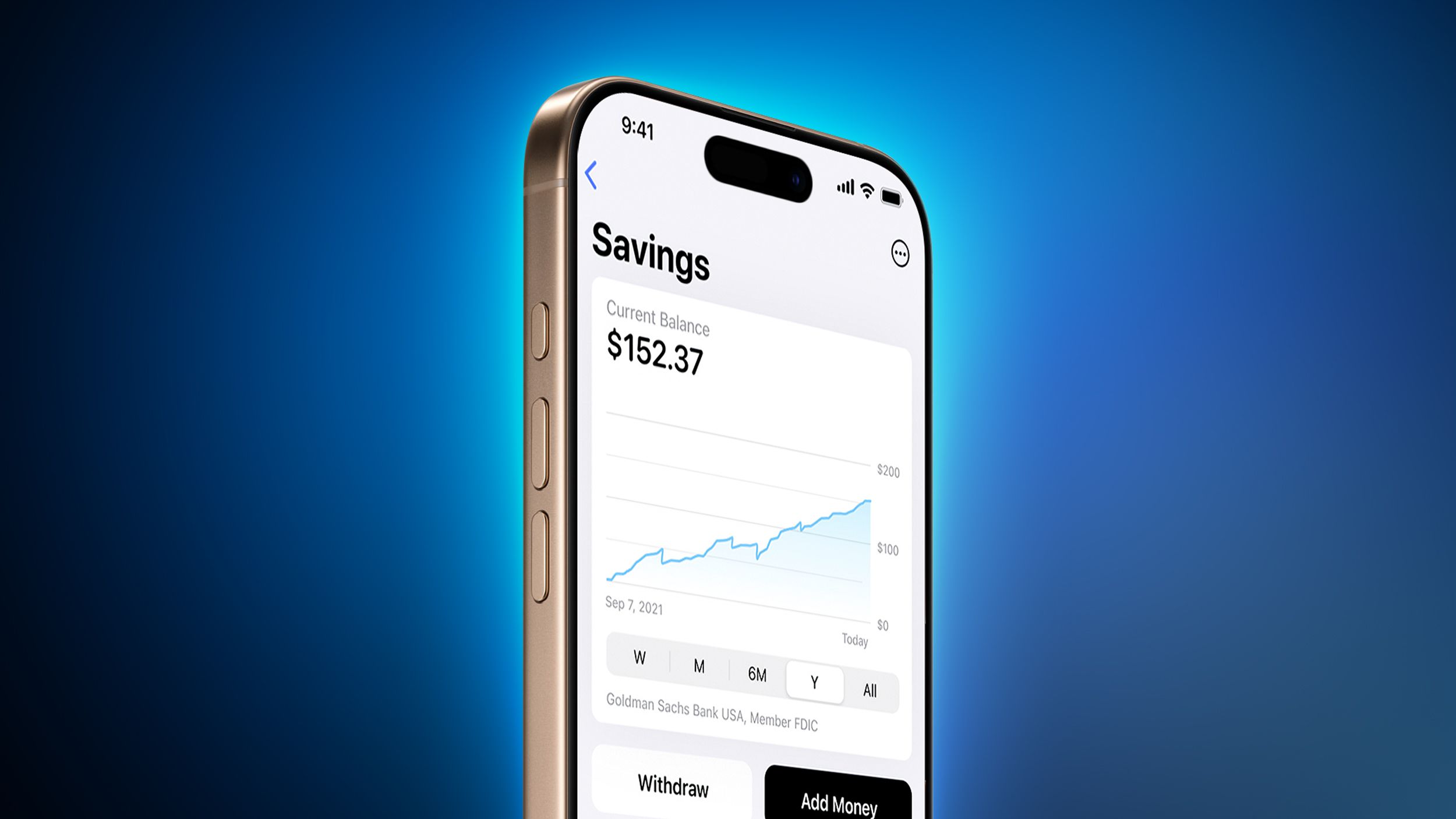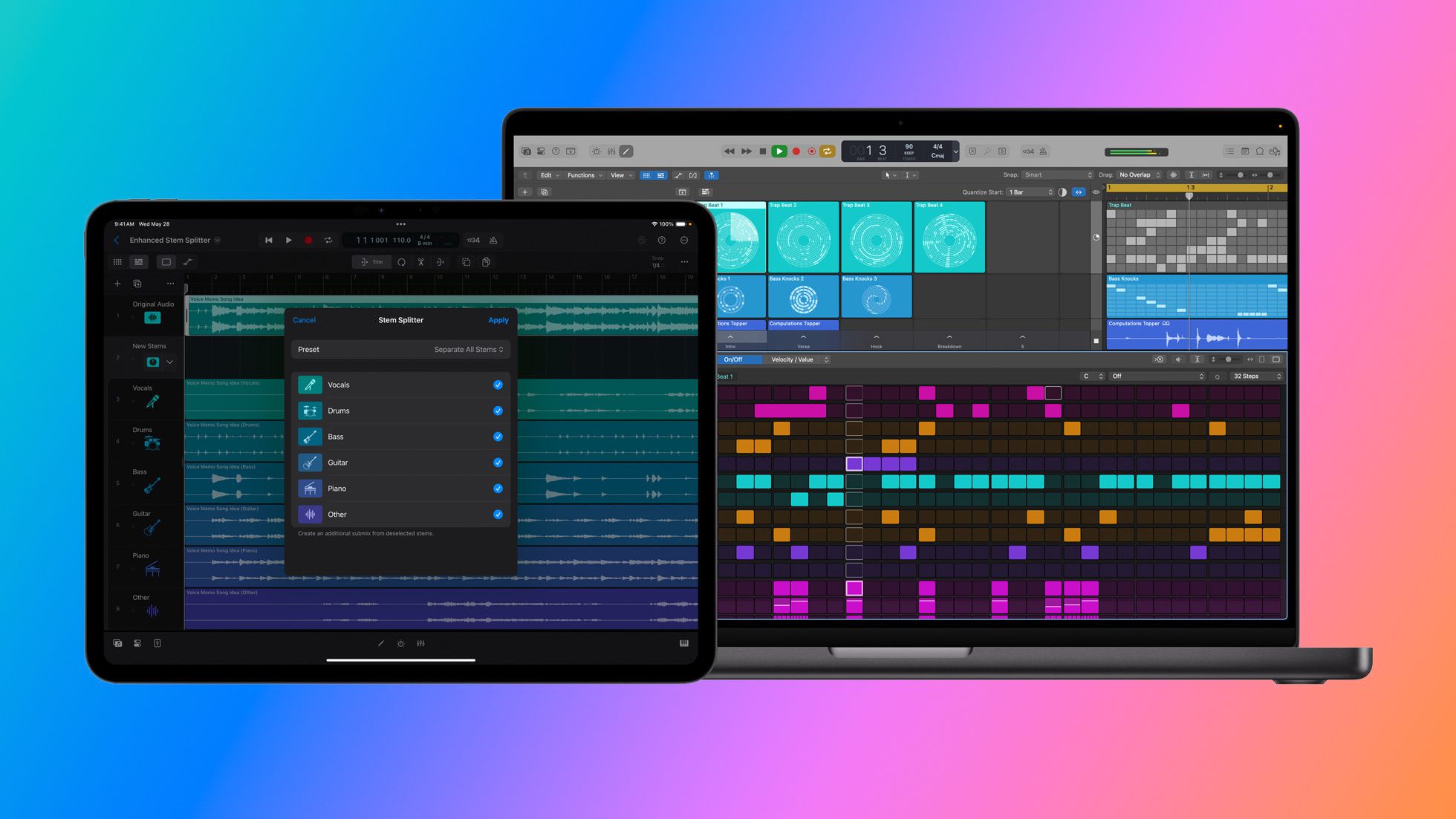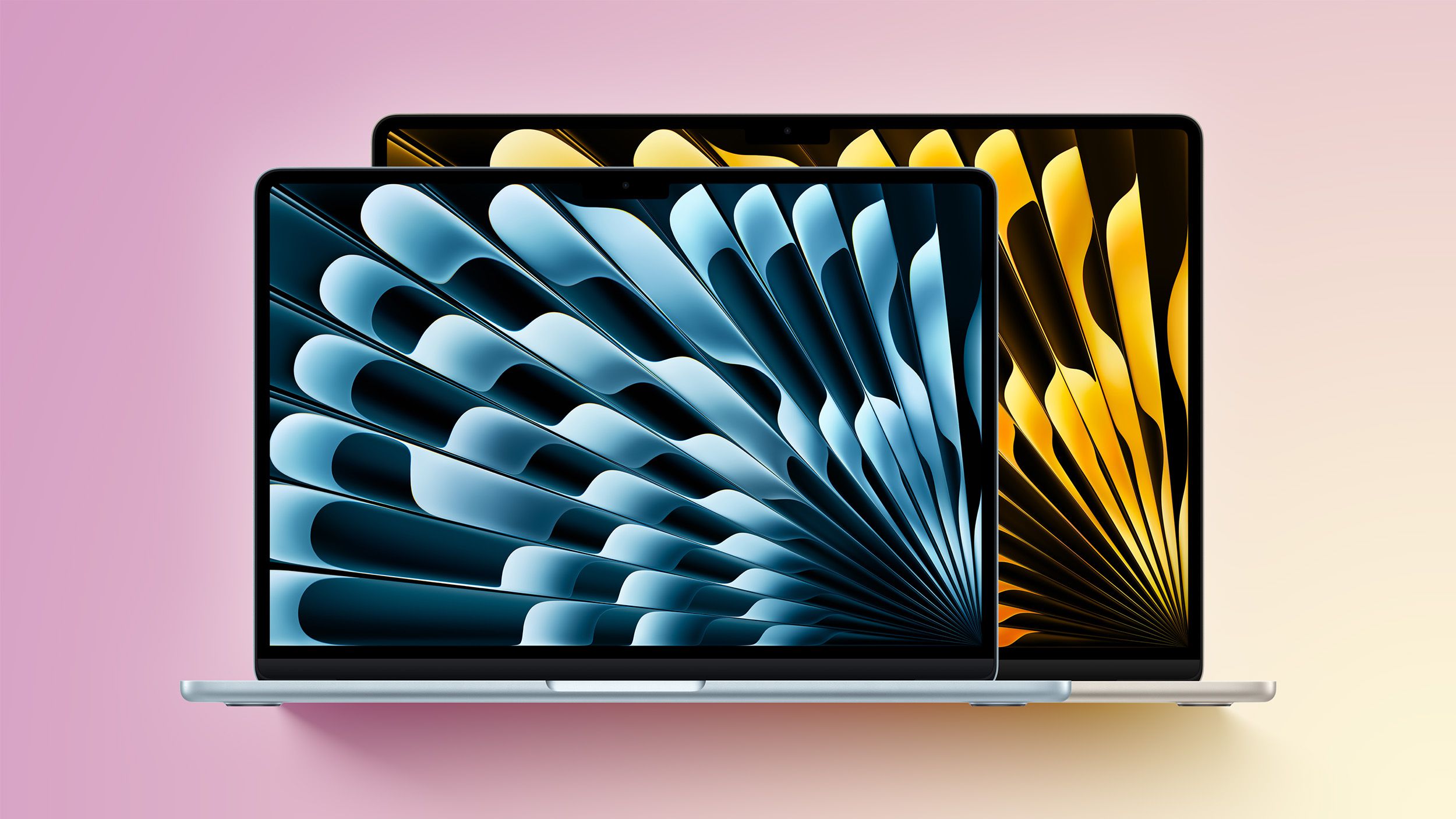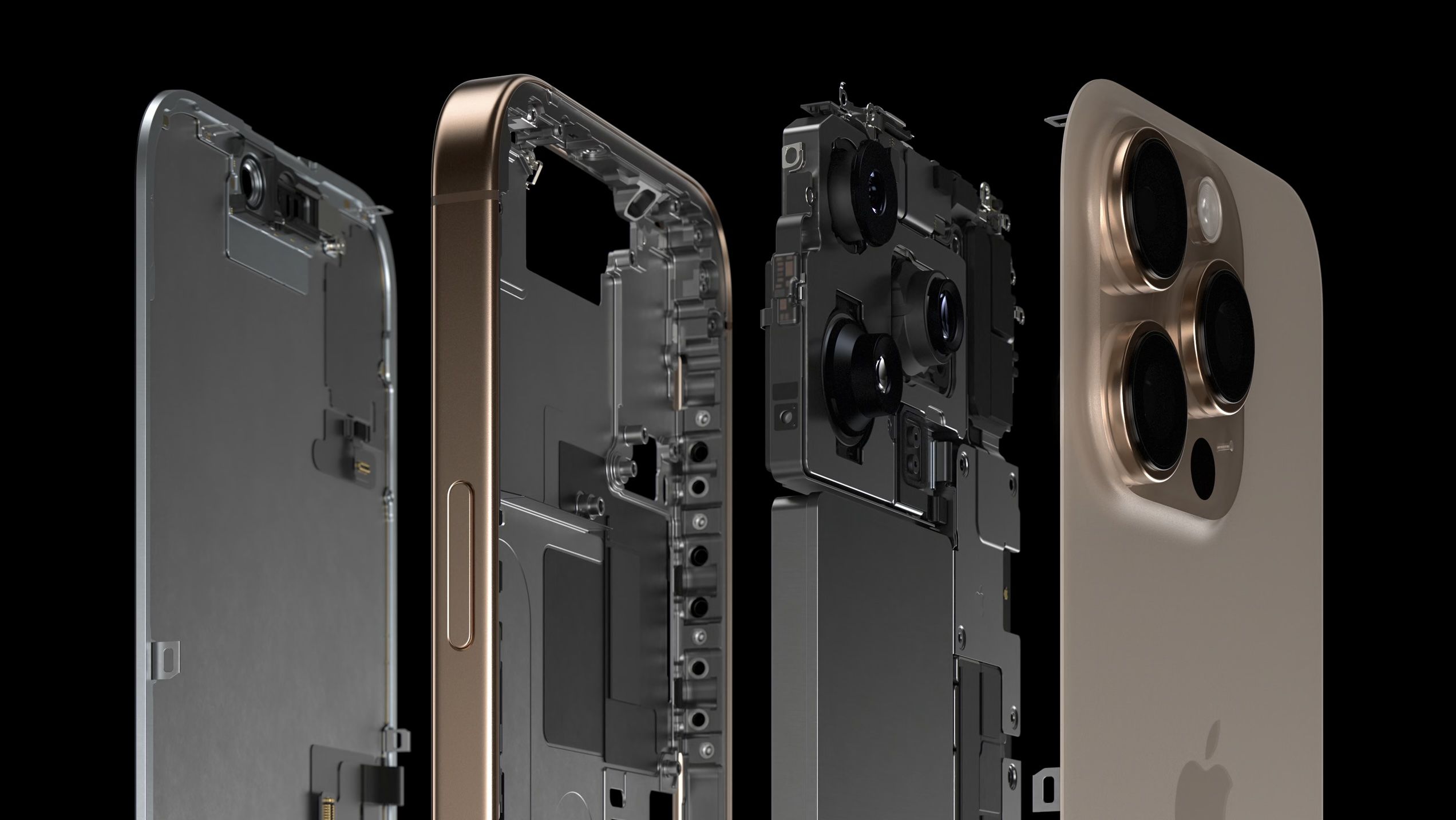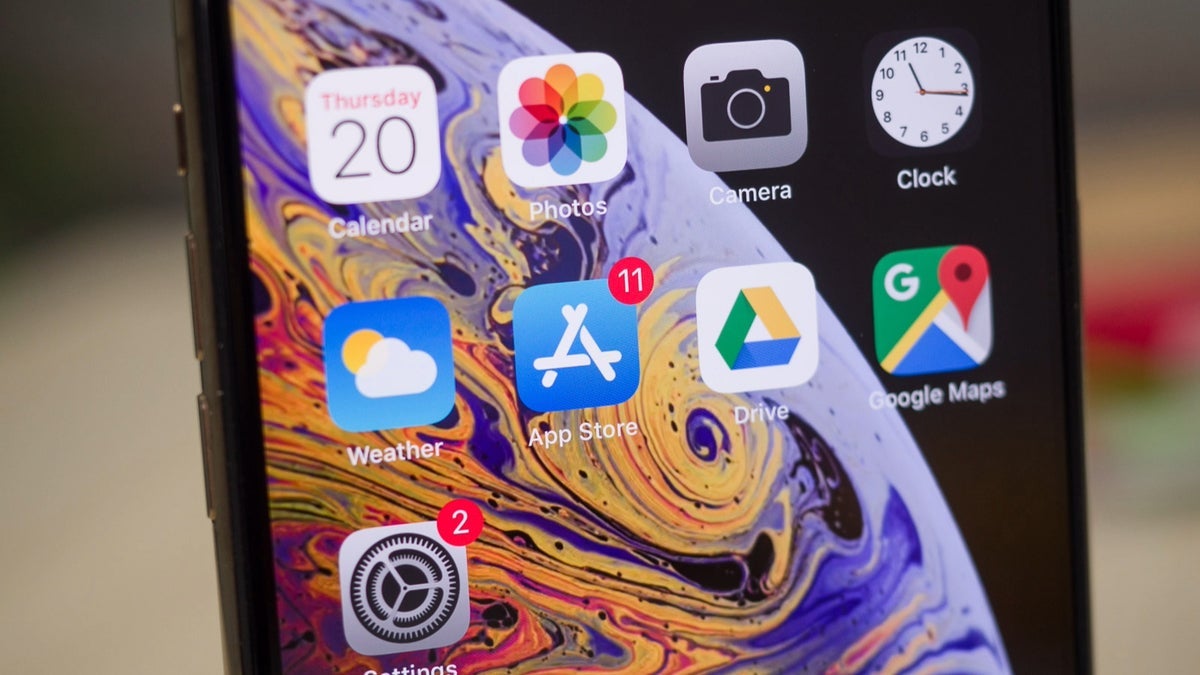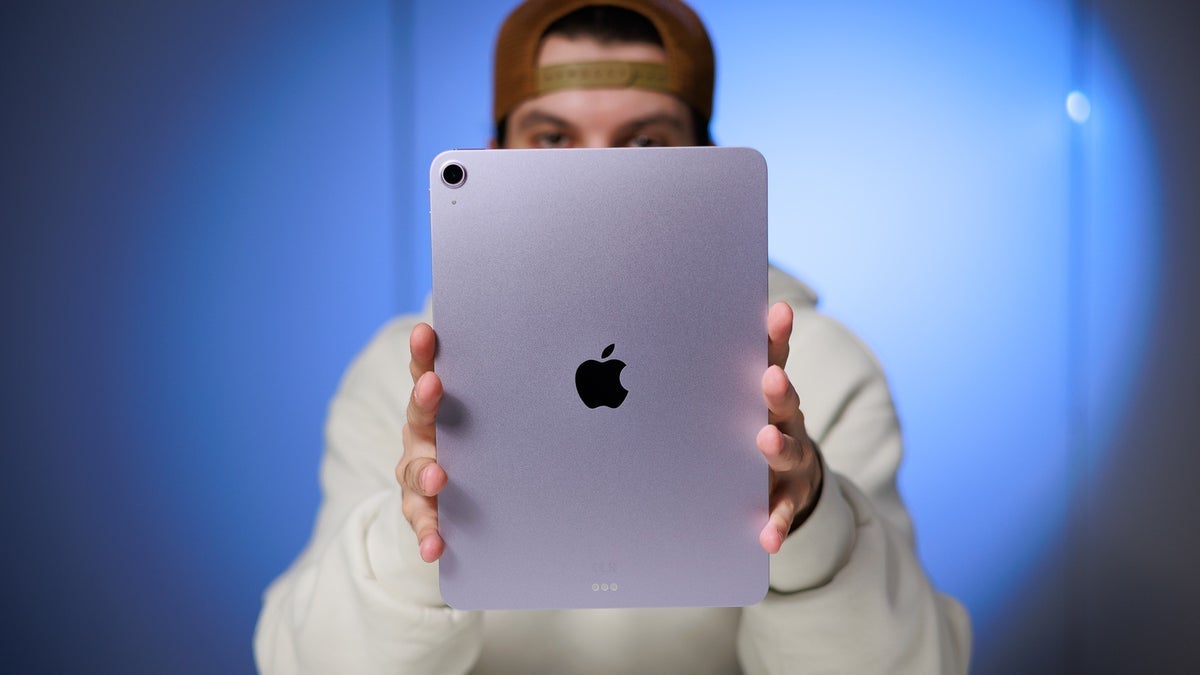How to Use Your Raspberry Pi Headlessly with VS Code and SSH (No Monitor Needed)
The Raspberry Pi is a portable computer with an onboard processor that fits comfortably in the palm of your hand. Compared with general purpose computers, it’s an affordable option developed by the Raspberry Pi Foundation. The Raspberry Pi Model B wa...

The Raspberry Pi is a portable computer with an onboard processor that fits comfortably in the palm of your hand. Compared with general purpose computers, it’s an affordable option developed by the Raspberry Pi Foundation.
The Raspberry Pi Model B was introduced in 2012 as the first sellable unit, and the company has since released many more models. There are even low-cost models like the Raspberry Pi Zero Series, which is quite small and tailored to embedded systems applications. All the models operate on an operating system called the Raspberry Pi OS, a Linux flavor niched for Raspberry PI Computers.

In this tutorial, we’ll be using the Raspberry Pi 4 Model for a headless setup through a SSH connection using Visual Studio Code (VS Code). The Raspberry Pi 4 Model has a Quad-core ARM Cortex-A72 (64-bit) SoC at 1.5GHz, up to 8GB RAM options, video inputs, Ethernet shield, USB ports, MicroSD card slot for storage, USB-C power input and 40 General Purpose Inputs and Outputs Pins (GPIO). Impressive, right?
You’ll be able to use the Raspberry Pi as a personal computer, for home automation and IoT projects, robotics projects, network applications, educational tools, and Artificial Intelligence projects.
Table of Contents
Understanding the Headless Setup
Many Raspberry Pi computers are sold with additional peripherals, including a keyboard, mouse, and monitor, that are essential for the Raspberry Pi's setup. A headless setup is the process of configuring the Raspberry Pi or preparing it for use without needing these peripherals. This entails operating the Raspberry Pi through a network protocol like SSH (Secure Shell) or VNC (Virtual Network Computing).
This is really helpful when you don’t need peripherals, as it lets you use your personal computer to connect to the Raspberry Pi without needing to purchase specialized peripherals. It’s also excellent for remote access. This headless setup is also essential for remote monitoring systems, such as surveillance systems with remote camera access, and IoT systems.
Remote development lets you write code and modify your Raspberry Pi and other devices connected to the GPIO pins through a headless configuration via SSH.
SSH guarantees a secure connection for transferring and modifying files, as well as transferring and debugging commands from one computer (your personal computer) to another computer (the Raspberry Pi). It restricts unauthorized access from any other system that aims to intercept the communication channel.
Prerequisites
Here’s what you’ll need to follow along with this tutorial:
Hardware Requirements
Raspberry Pi 4 or 5
MicroSD Card (8GB or higher recommended)
Flash Drive with SD Card Slot or a MicroSD Card Adapter
Power Supply (5V 2A/3A)
Network Connection (Wi-Fi, Pi, and laptop must be on the same network)
Personal Computer (Windows, macOS, Linux)
Software Requirements
Raspberry Pi Operating System (Raspberry Pi OS)
Visual Studio Code
Remote SSH Extension in VS Code
Preparing the MicroSD Card
The Raspberry Pi requires a MicroSD Card that serves as the storage of your the Raspberry Pi OS using Raspberry Pi Imager. The operating system of the Raspberry Pi provides a graphical interface to interact with the Raspberry Pi, store files and datasets, and write commands to get your Raspberry Pi working.
But the Raspberry Pi needs an empty MicroSD Card to install the Raspberry Pi OS in the MicroSD Card. Here are some step by step instructions that’ll show you how to get your MicroSD Card setup before inserting it back into the Raspberry Pi for SSH Connection.
Downloading and flashing Raspberry Pi OS
Insert your MicroSD Card into a flash drive with a SD Card slot
Aside from using a flash drive with an SD Card slot (so as to get the memory card connected to the computer), you can also use a SD Card adapter. Make sure it’s inserted into your computer where you have the Raspberry PI Imager downloaded to flash – that is, transfer the OS into the SD Card.

Download the Raspberry Pi Imager based on your PC’s operating system
This involves clicking the link and selecting your operating system (either MacOS, Windows or Linux operating system). The Raspberry Pi OS comes in these variants for different OSes

Next, install and open the Raspberry Pi imager
Click the Raspberry Pi Imager download, follow all the instructions during the installation process. Once this screen pops up, you’re good to go!

Choose your Raspberry Pi Device and operating system and select Storage
For each of the three configurations, you must select one sequentially. Select a device according to the type of Raspberry Pi you have, and various options will appear. I selected the Raspberry Pi 4, as it is my preferred device. You may choose between the Raspberry Pi 5 and the Raspberry Pi Zero 2 W, depending on your device requirements.
Next, proceed to the operating system – I would recommend choosing the 64-bit version. While many people opt for the legacy version (32-bit), I think the 64-bit version is best. Once you're finished, you can choose a storage option, and your MicroSD should appear. My storage is around 128GB, which is why you can see 125.1GB displayed there in the screenshot below:

Click on “Next” and edit the settings
It is a customary practice to keep your username as "pi", but it’s not required. The goal is to have something simple and easy to remember when setting up your SSH connection. It’s also helpful to make your password simple. I used 'roboticsai'.
Try to avoid using numbers simply to make things easier, because you may not be able to see what you are entering in the terminal. Then, make sure that your wireless LAN and SSID (WIFI or Hotspot name if you're using a phone, as well as the password for your WIFI or Hotspot) is the same network as the one linked to your computer.

Click on “SERVICES” and enable SSH. Then use password authentication for security and Click on “SAVE”.
After you've completed the changes in the General Section, go to the Services section and click the checkbox button “Enable SSH”. Once highlighted, make sure you pick “Use password authentication”, avoid the “RUN SSH-KEYGEN” button at the moment, and then click Save.

Click “YES” to apply the customizations, and the Raspberry Pi OS should get flashed into your SD Card.
Following the previous stage, you will be shown various buttons to apply the adjustments you have made. Pick yes, and the Raspberry Pi OS will be flashed or transferred to your Memory Card. This could take between 10 and 20 minutes to go from transferring to writing or customizing. Hold on and enjoy the process.

After a successful installation into the disk, remove your SD Card.
You will receive a successful popup like the one shown below. This demonstrates that all processes were completed successfully, and the Raspberry Pi OS is now installed.

How to Boot the Raspberry Pi
Eject the MicroSD safely from your computer
Once the installation is successful, eject the MicroSD safely from the computer.

Insert it “upside down” into the MicroSD card slot of your Raspberry Pi
To properly insert the MicroSD card, place it gently into the slot with the back or gold side facing upward. It will protrude slightly once it is inserted. You are good to go!

Connect the USB-C port of your Raspberry Pi to your computer. Give the Raspberry Pi some time to load
Get a USB-C cable and connect one end to your Raspberry Pi's USB-C port and the other to a laptop port. It should light up red, indicating that there is an adequate power source. You may also power your Raspberry Pi directly by plugging into a wall socket.

After a while, the memory card should begin to boot into the Raspberry Pi, and the green LED will blink for a while. In the next section, we’ll talk about the different states of the two LEDs during and after a successful boot.
Understanding the LED Status of the Raspberry Pi During Setup
The below table describes the LED statuses you might see when you power on your Raspberry Pi and the SD Card is in the slot.

















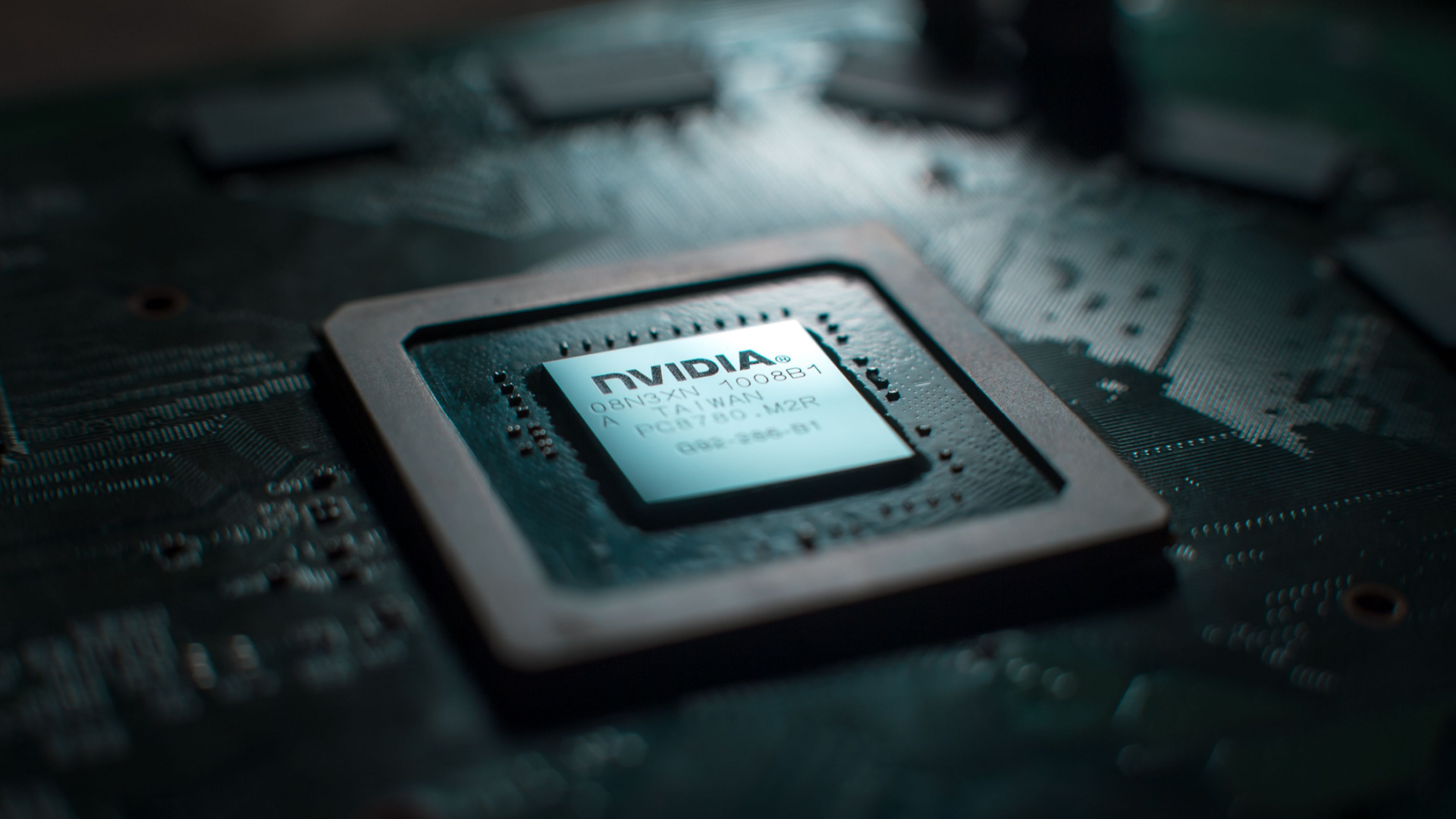































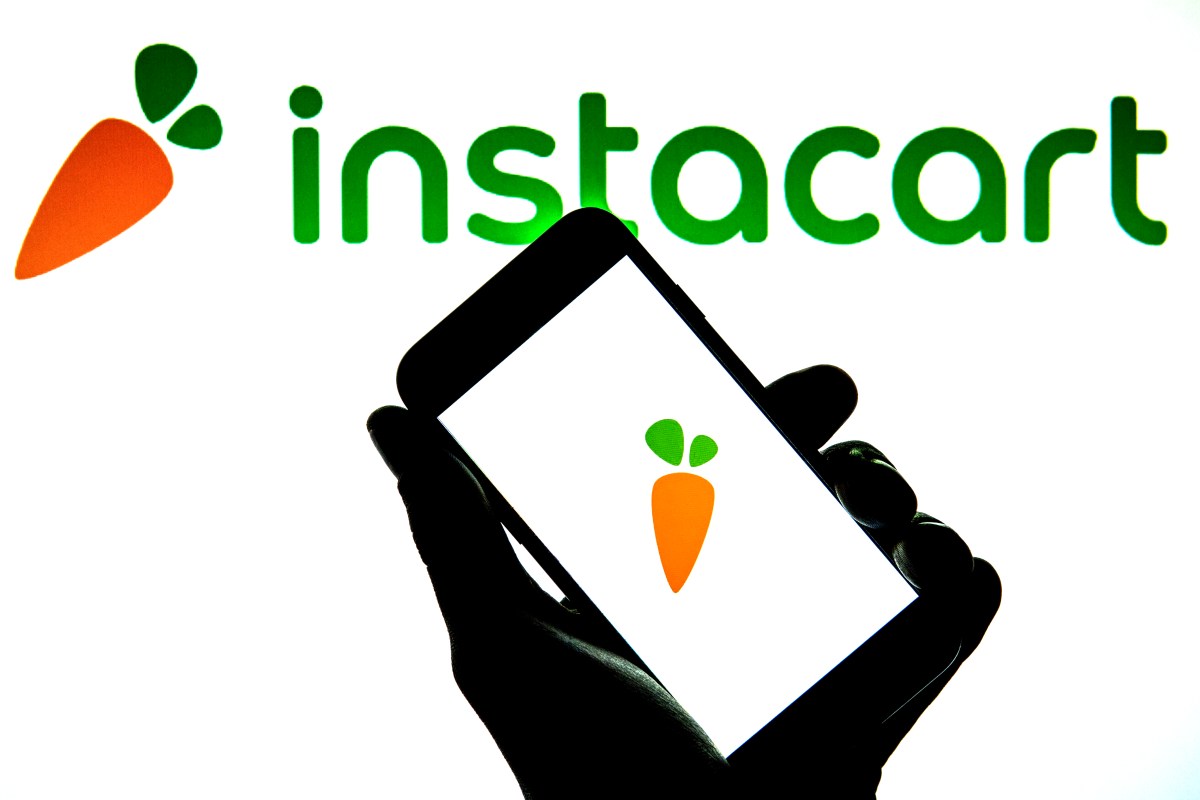














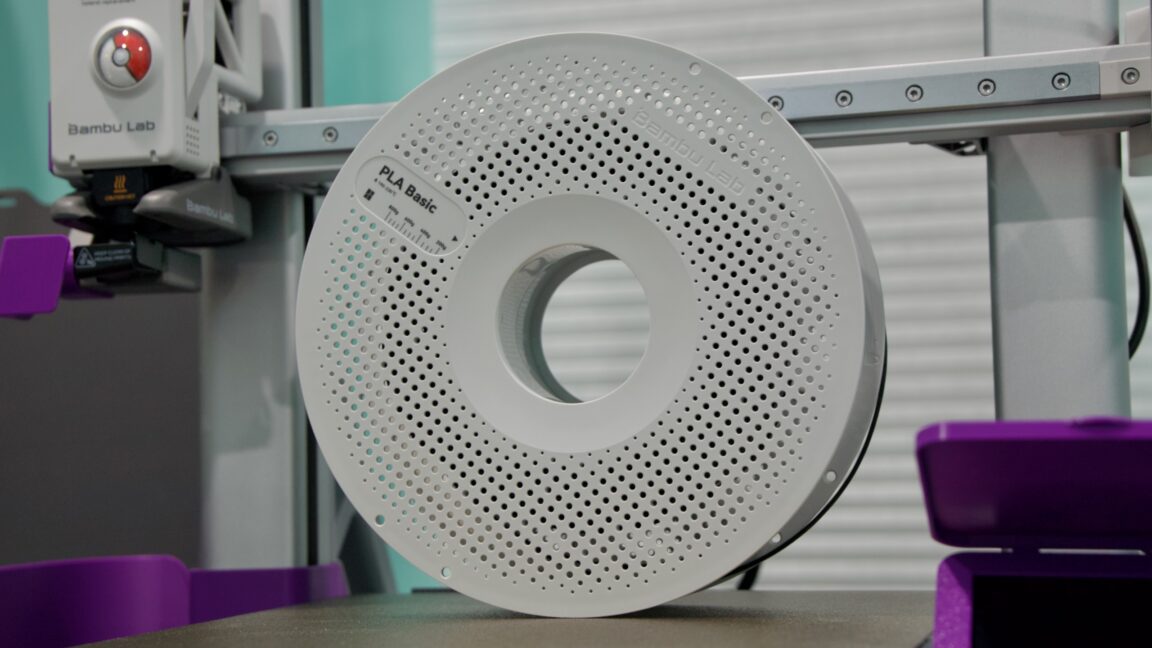








































































































![[The AI Show Episode 149]: Google I/O, Claude 4, White Collar Jobs Automated in 5 Years, Jony Ive Joins OpenAI, and AI’s Impact on the Environment](https://www.marketingaiinstitute.com/hubfs/ep%20149%20cover.png)







































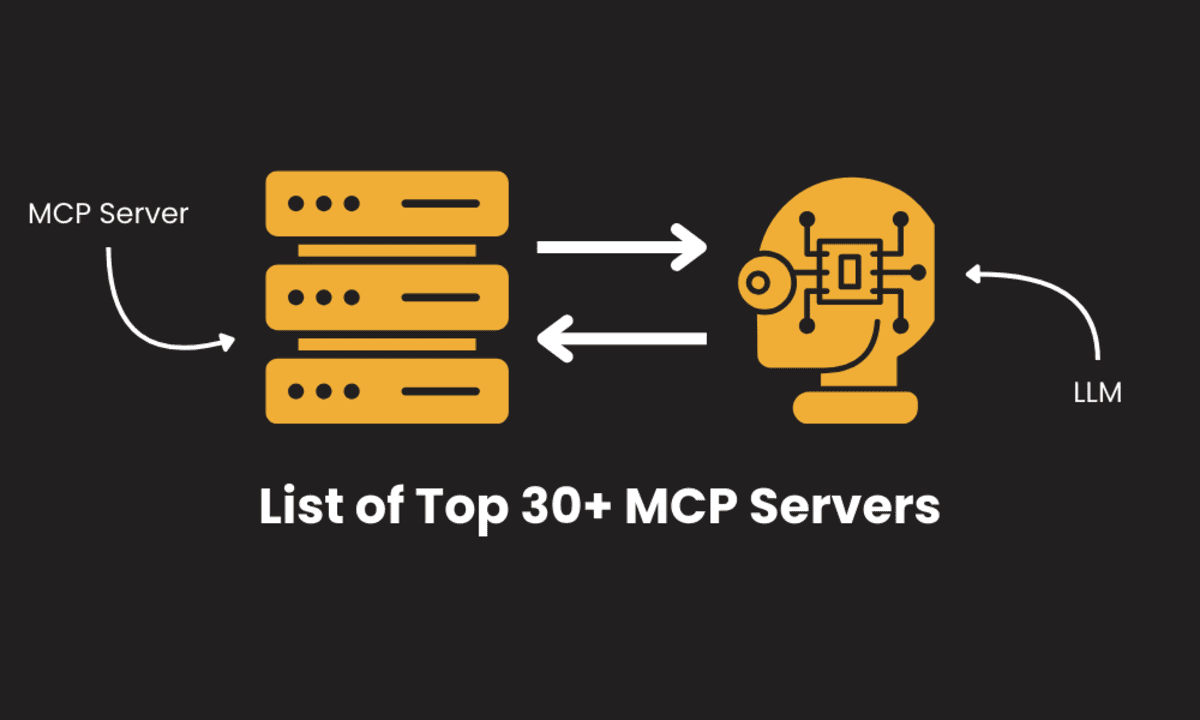

































































































































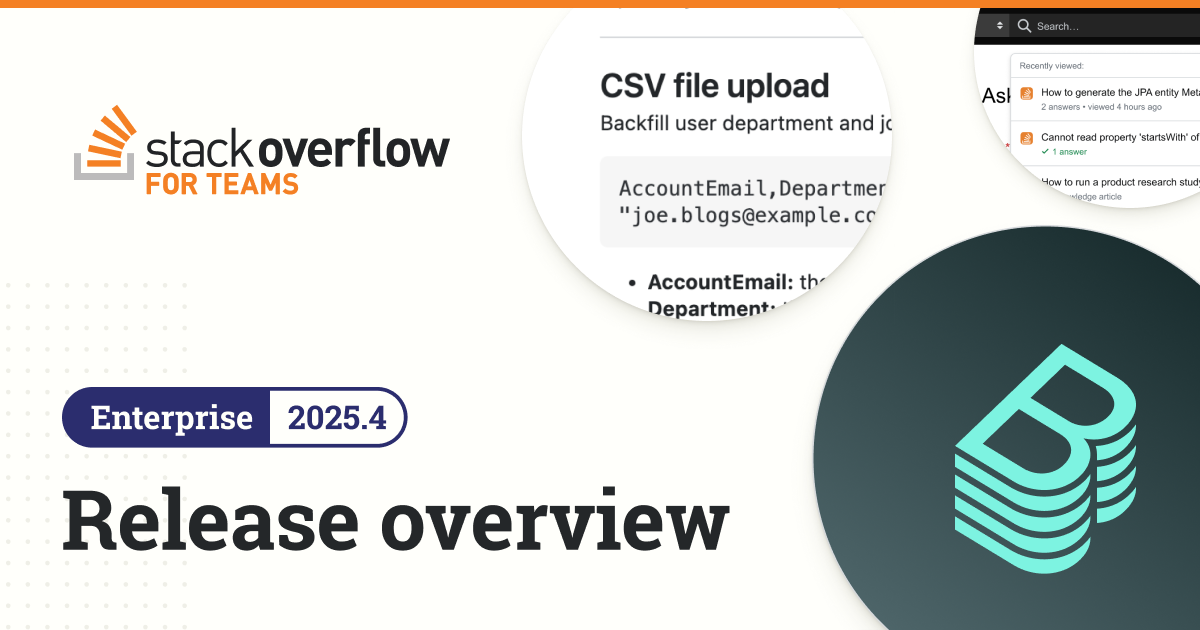








































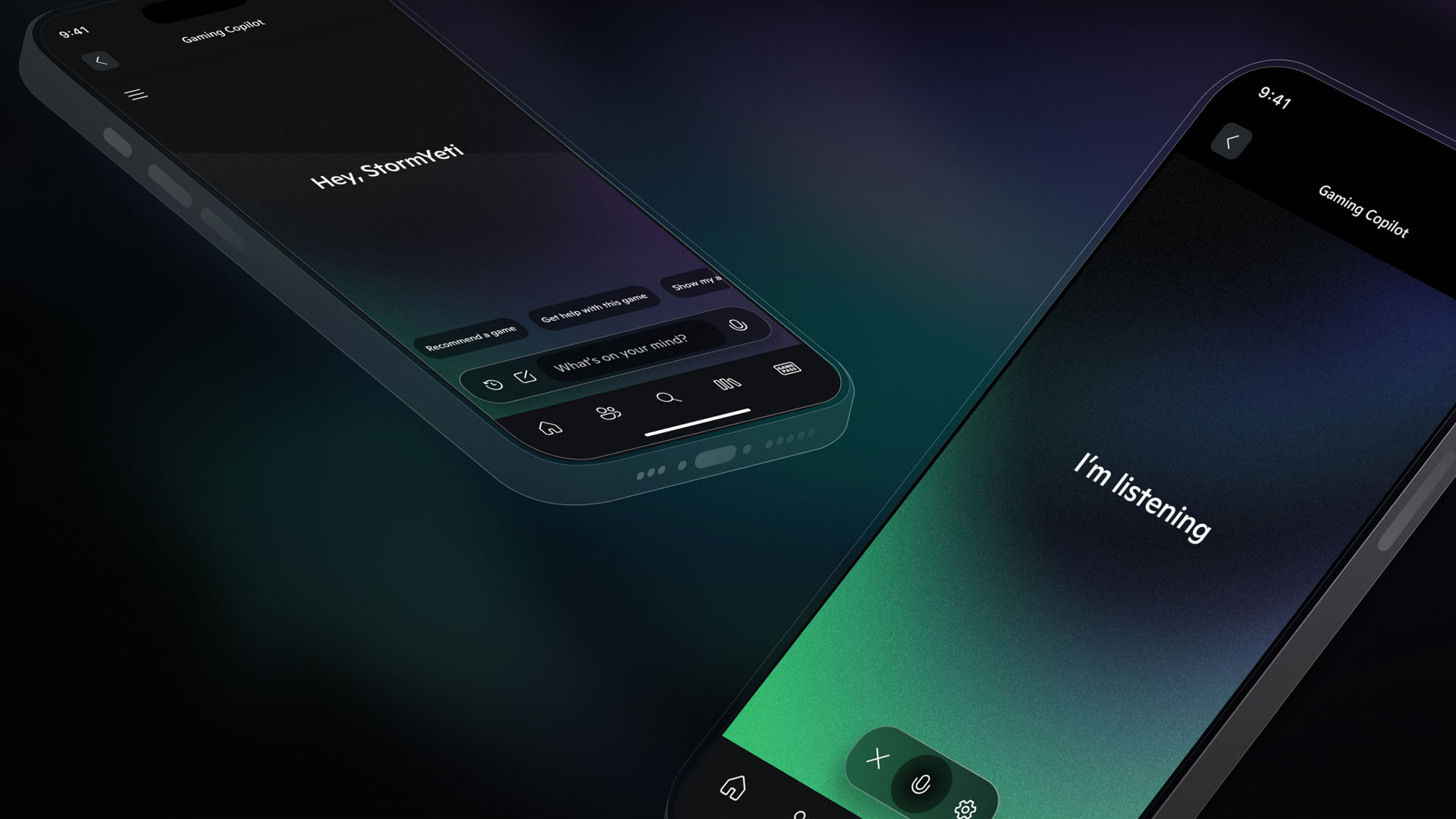






















































_foto-zone_Alamy.jpg?width=1280&auto=webp&quality=80&disable=upscale#)


















































































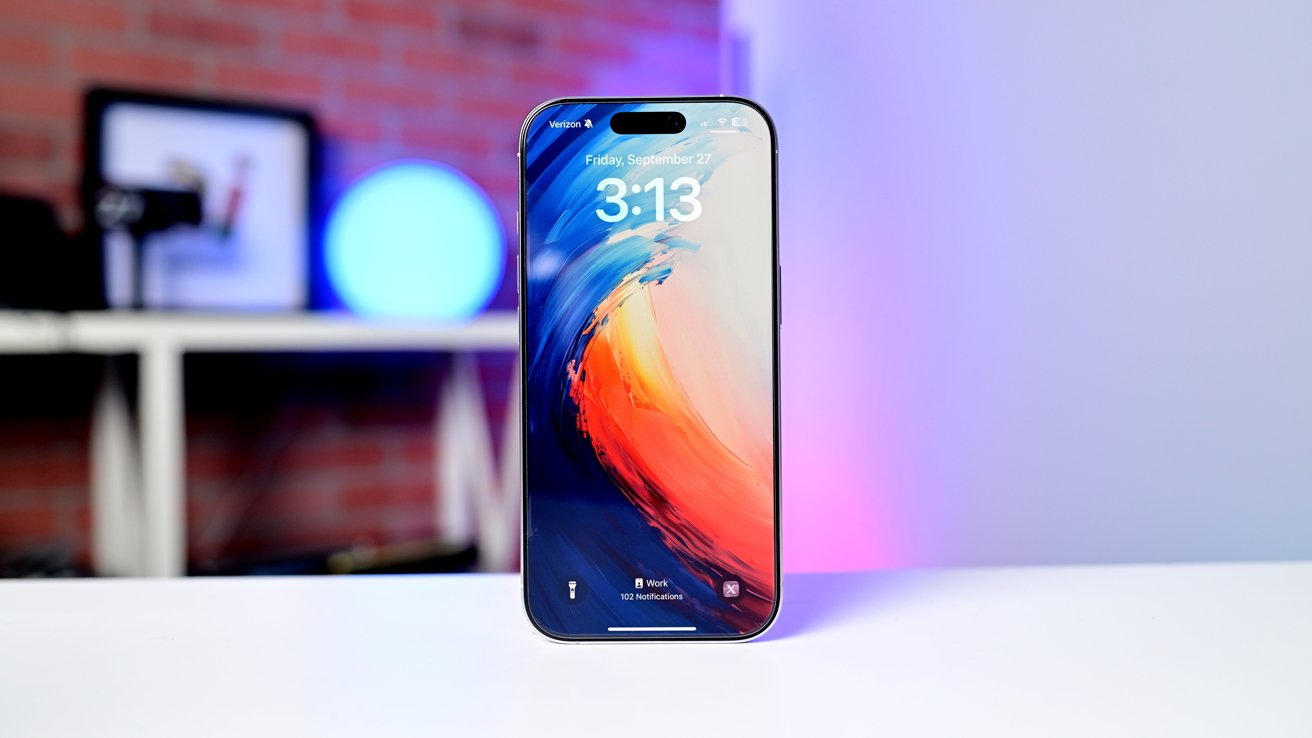
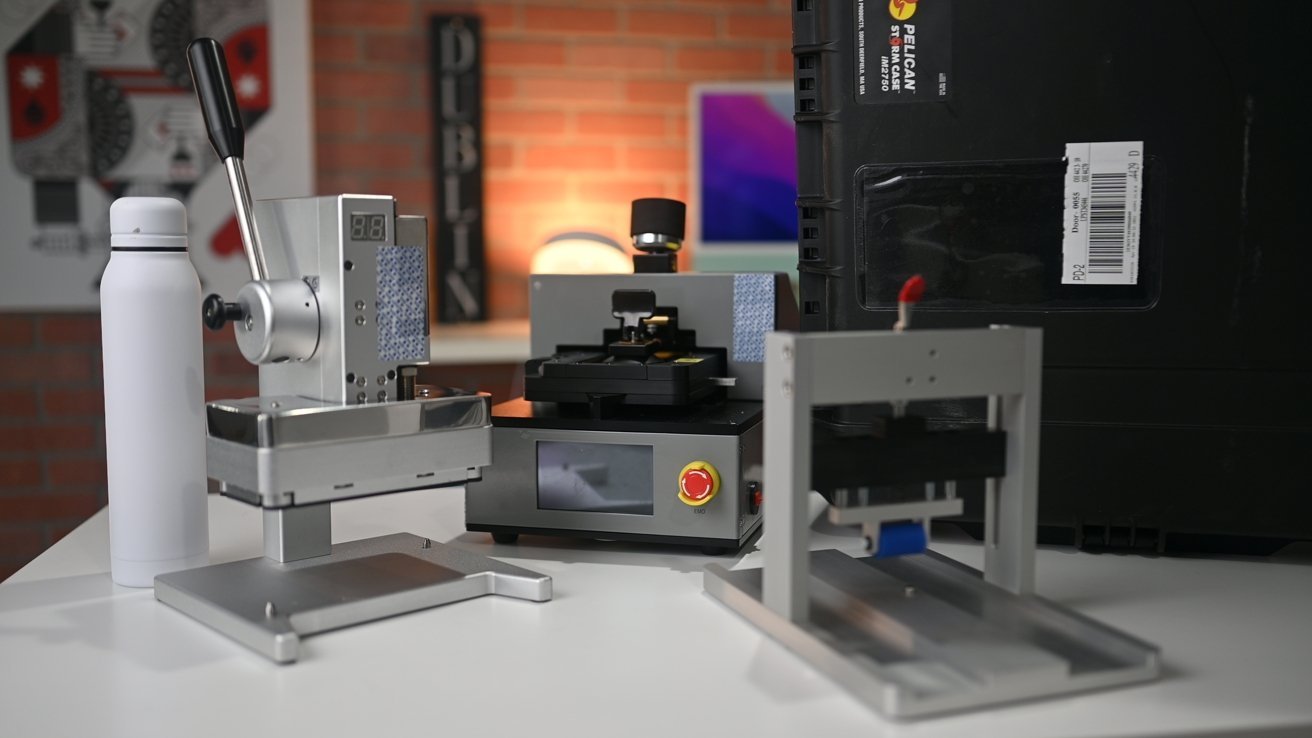

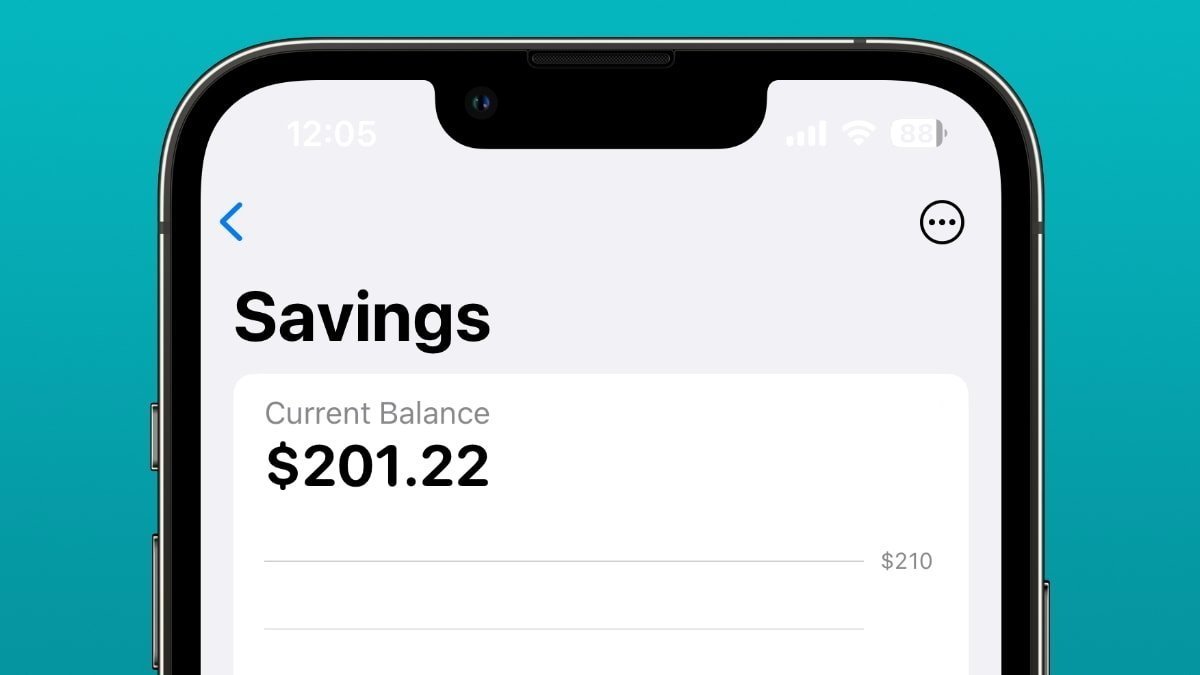

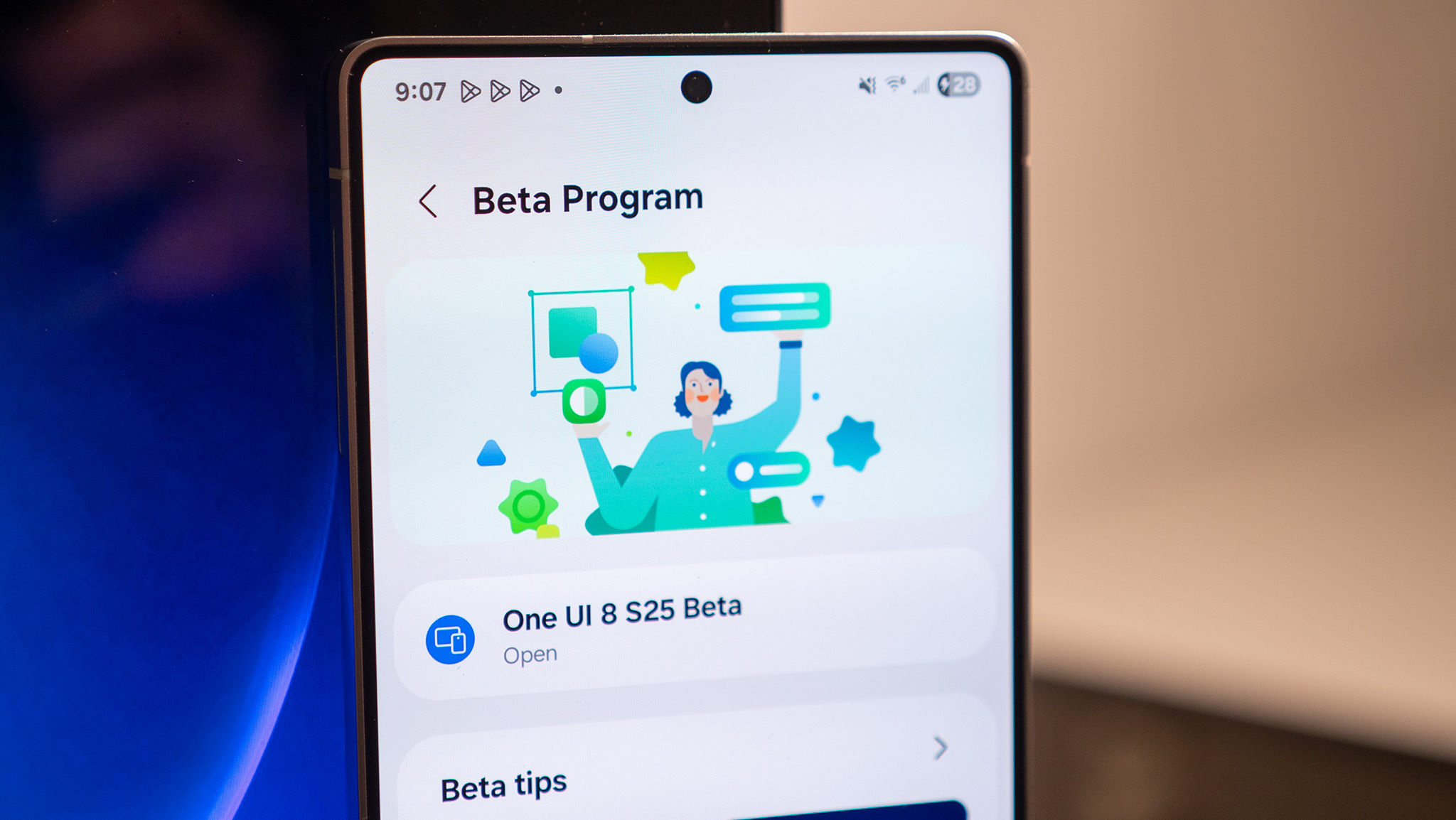


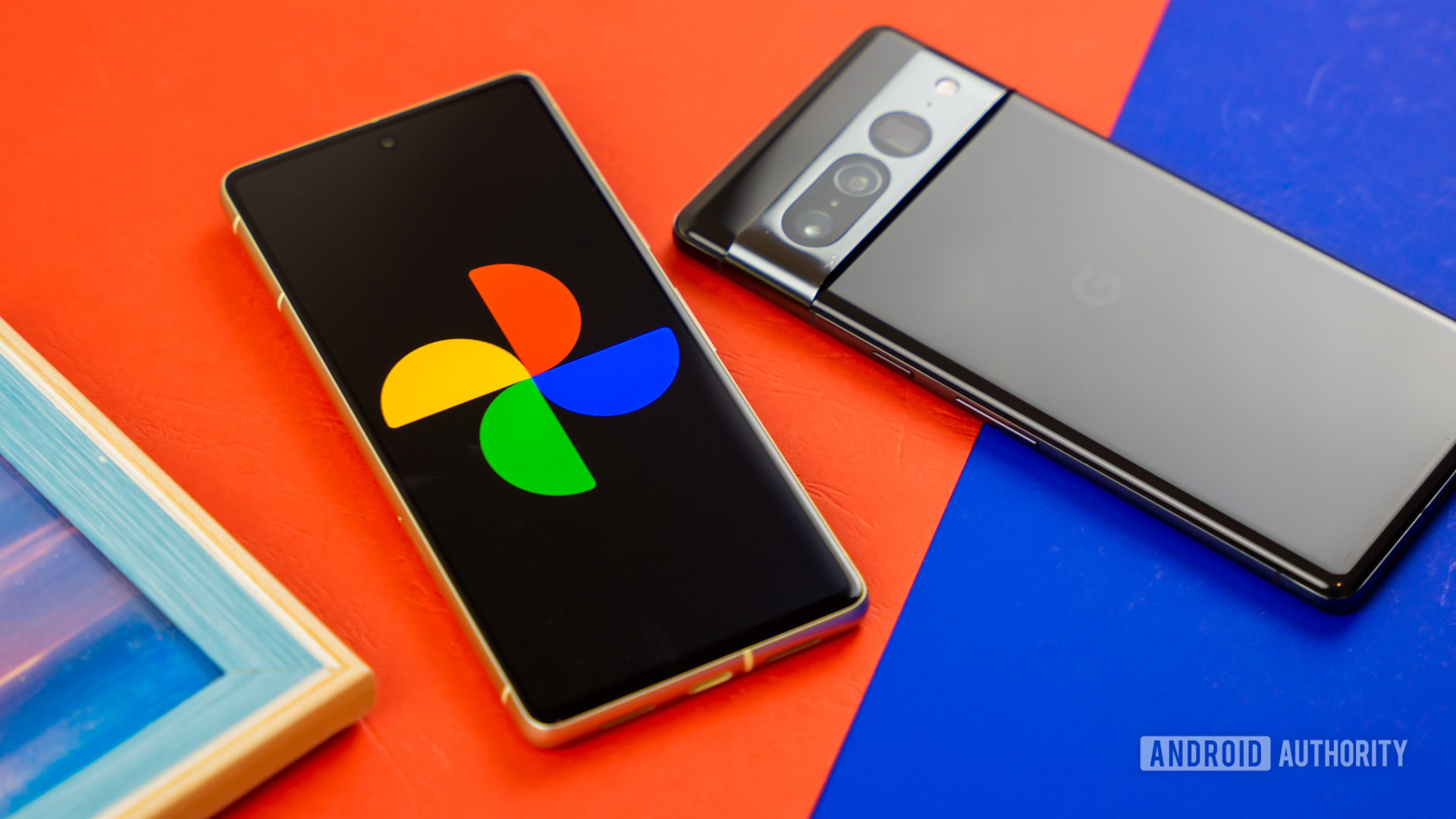
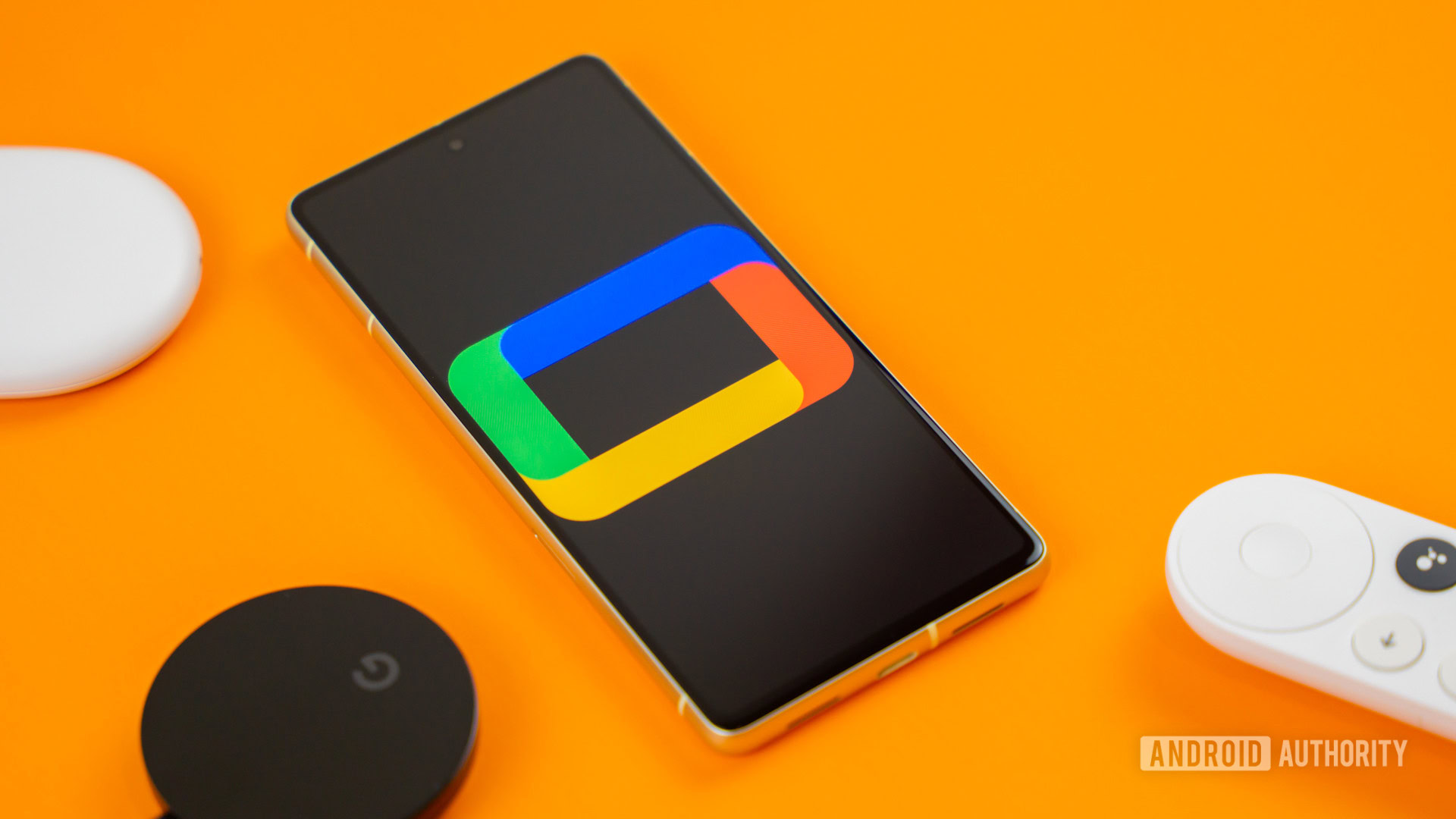
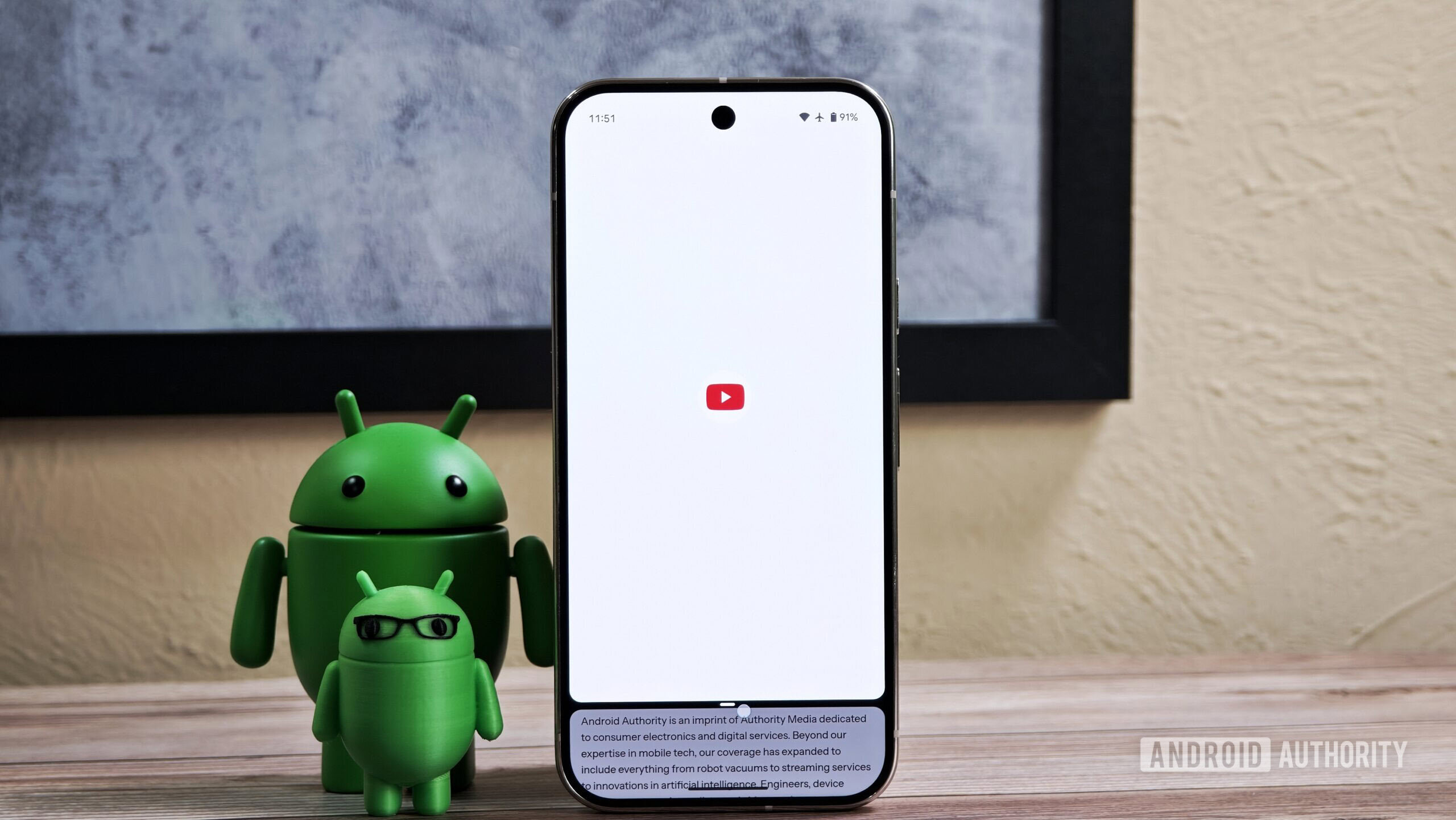

![iOS 19 may support easily transferring your iPhone’s eSIM to an Android device [U]](https://i0.wp.com/9to5mac.com/wp-content/uploads/sites/6/2022/09/iphone-14-eSIM-event.jpg?resize=1200%2C628&quality=82&strip=all&ssl=1)






![Here’s everything new in Samsung’s One UI 8 update [Gallery]](https://i0.wp.com/9to5google.com/wp-content/uploads/sites/4/2025/05/samsung-one-ui-8-intro.jpg?resize=1200%2C628&quality=82&strip=all&ssl=1)









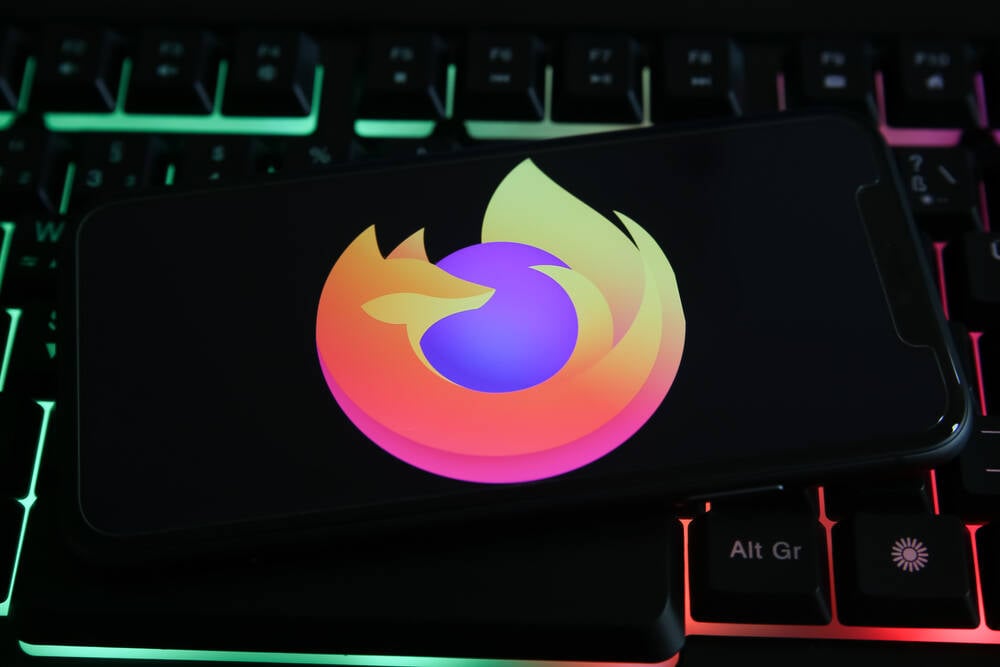


![Apple Updates Logic Pro With Flashback Capture, Enhanced Stem Splitter, More [Download]](https://www.iclarified.com/images/news/97446/97446/97446-640.jpg)
![iOS 26? Apple to Adopt Year-Based Naming Across All Operating Systems [Report]](https://www.iclarified.com/images/news/97449/97449/97449-640.jpg)


















